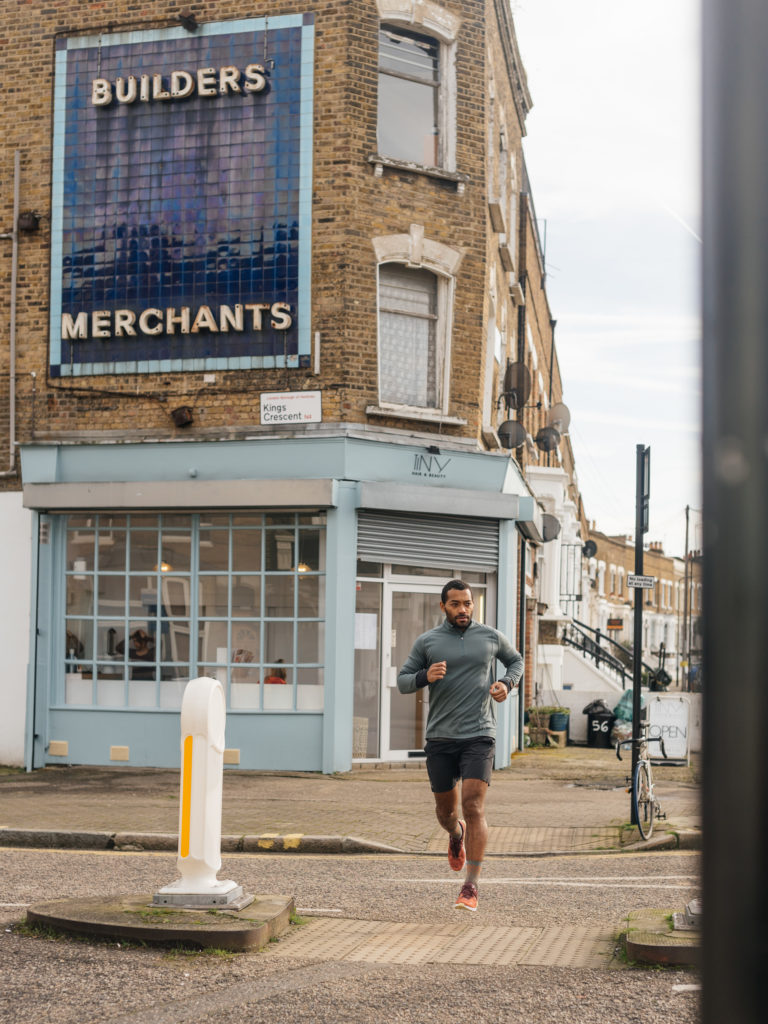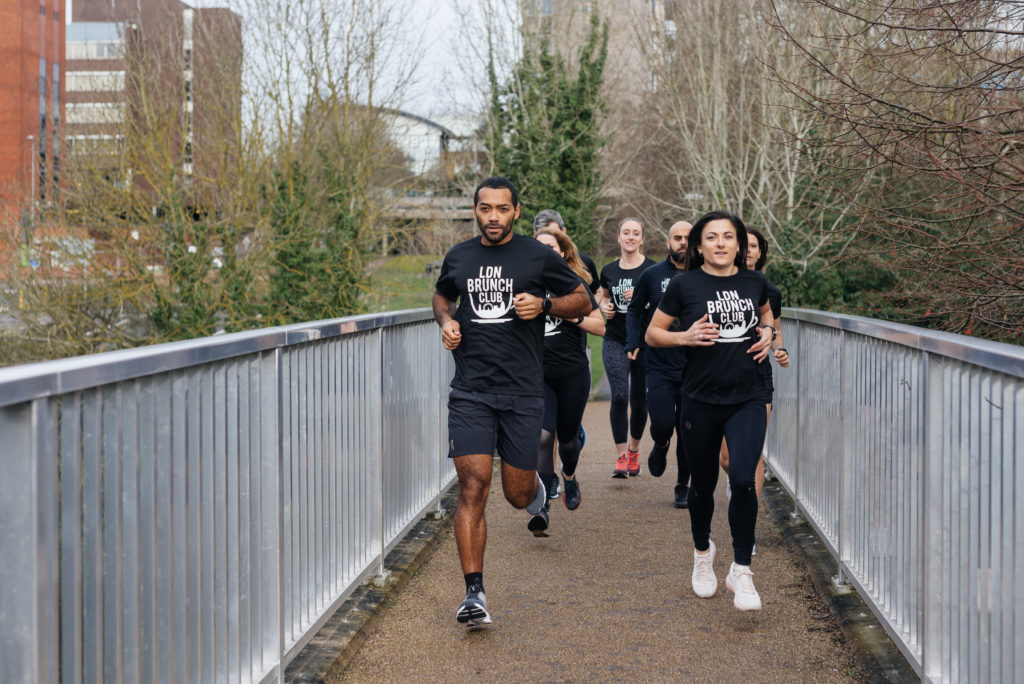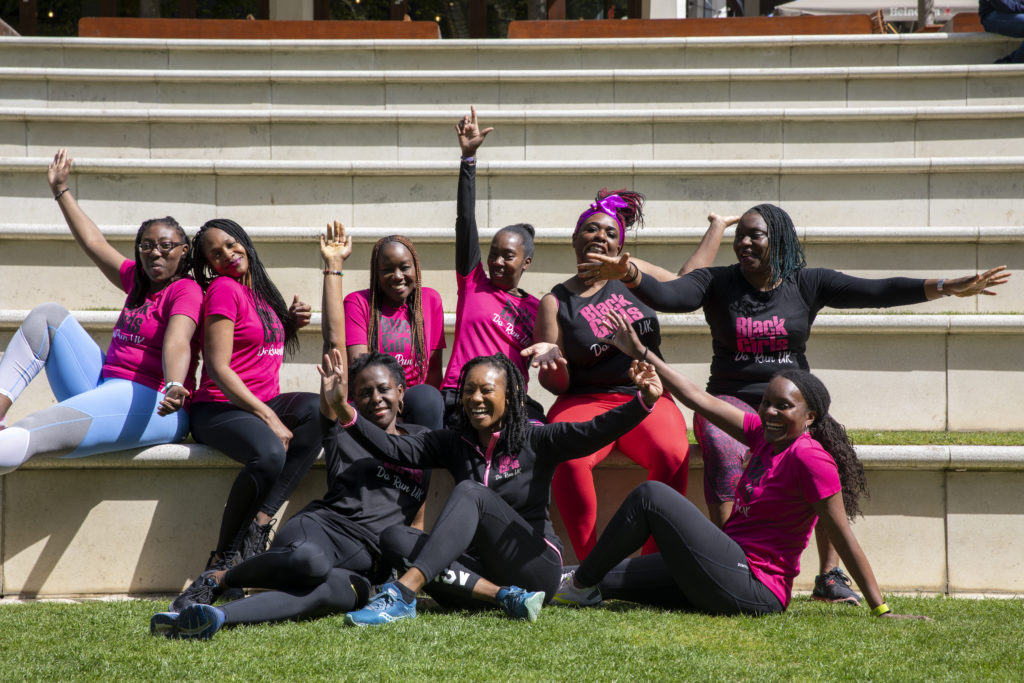‘Group Connections’ is an advertorial for Strava in Like the Wind #29
Being a runner does not mean that you have to be competitive. Of course, some runners are enormously competitive. But for others, running is more meditative – something that helps physical and mental wellbeing. But one thing that almost every runner shares is the feeling of motivation that comes from being presented with a challenge.
Challenges are fuel.
That is why one of the latest releases from the team at Strava is so exciting: Group Challenges is a way that every single Strava user can come up with a challenge to share with their friends, colleagues, family members, club- or crew-mates… or indeed anyone they are connected with.
This idea of being connected with others through technology has been one of the most exciting developments of the modern era. And with the emergence of the Covid-19 pandemic, the desire – or should that be need – to stay connected despite physical separation has been amplified many times.
How do group challenges work?
The technology developed by Strava to power Group Challenges is undoubtedly complicated. But setting up a challenge is actually really easy and fast.
In the Strava app, you simply click on the Groups tab. The first step is to choose what type of challenge you want to create: Most Activity, Fastest Effort or Longest Single Activity. You will then set a goal relevant to the type of challenge – so for Fastest Effort, for example, you set the distance for the challenge. After that, pick the sports that will count towards the challenge and the date the challenge starts. Give your challenge a name. And then all that’s left is for you to invite athletes that you are connected with on Strava to take part.
The range of challenges available means there is something for everyone. If you are looking to inspire a group where people do many different activities, then a challenge based on time is perfect – that way runners, cyclists, swimmers and even yoga practitioners can log the time they spend on their chosen activities.
But for those missing racing, a Fastest Effort challenge might be the perfect way to stay competitive. Pick a distance that everyone in the group can run and see who can cover it in the least amount of time.
Keeping the crew engaged
For Stephen Adjaidoo, founder of LDN Brunch Club, the chance to stay connected with the members of the crew through Strava Group Challenges was vital for the community.
“Personally, I have always enjoyed challenges on Strava,” Stephen explains, “because when I’m training – especially for a big race – the daily grind can get a bit monotonous. I find that challenges provide variety and lots of motivation.
“For the LDN Brunch Club, we decided to use the new Group Challenges feature for two different reasons: we knew that some of our members had struggled to maintain their levels of activity through the pandemic. So we wanted to find a way to encourage those people to rediscover the benefits of having an exercise routine. We also had a group of LDN Brunch Club members who were as active as ever, but we saw that they could perhaps benefit from a bit of variety.
“So for both groups, we created a Group Challenge that was based on total time being active, with a really wide range of activities to choose from. And it was a great success. Our members were really engaged with, and inspired by, the Group Challenge… which gets us even more excited about getting the group back together in real life and preparing for all the races coming up in the autumn.”
For Tasha Thompson, founder of UK-based Black Girls Do Run, the theme of staying connected when the pandemic forced people to stay apart strongly resonates.
“What we hoped to achieve by using Group Challenges was a mixture of motivation, accountability and an incentive to keep moving,” Tasha explains. “And in fact what we saw when we used Group Challenges was friendly competition, a shared common goal, an excellent way to track individual progress and connecting with new people online.”
As the pandemic loosens its grip in many parts of the world, there is a palpable sense that technology such as Strava’s Group Challenges will remain a really good way for runners to maintain connectedness.
“When I think about the group using Group Challenges in the future,” Tasha explains, “I think it will be to make movement fun, create camaraderie between participants and foster a team spirit.”
The development of Group Challenges has been a gift to groups of athletes around the world. Being part of a Group Challenge and watching the leaderboard feels a bit like a game, inspiring athletes to go a little further or a bit faster. These challenges are a great way for runners to encourage each other to get out of their comfort zone. But perhaps most of all, during these times when the usual opportunities to connect with others have been disrupted, Group Challenges are simply a great way to stay in touch with other athletes. And that is all the motivation any of us need to get started.
The best news of all is that while Group Challenges are a subscription feature, any Strava athlete can set up three challenges for free to try them out.
Find out more about Strava Group Challenges here



